[ad_1]
As artists, we encounter a vast amount of terminology while researching, reading and talking about our materials. In this installment of the ‘Art Terms Explained’ series, we explain the meaning of certain commonly-used words, phrases and terms in the context of watercolour painting.
Bead / Beading Up
Watercolours have a tendency to gather in pools and possess a resistance to the surface on metal or plastic surfaces. This can prove frustrating when trying to mix with them on a palette. The watercolour beads less and less the more you use a palette. Many watercolourists make it a habit to treat a new plastic or metal palette by giving it a gentle scuffing all over with a Brillo pad, to prevent beading up. Alternatively, you can choose to use a porcelain palette on which watercolour paints do not bead.
Brush Soap
Brush soap is a type of cleanser that is especially formulated with natural oils to moisturise and cleanse brush hairs, so that your brushes keep their shape and hairs for longer.
Buckle / Buckling
Buckling (or cockling) occurs when moisture soaks into the fibres within paper, causing them to swell and the paper to contort and misshapen. You can avoid this by using watercolour paper blocks, which are glued on all four sides, keeping the sheets taut as you paint on them, or by manually stretching your paper prior to use.
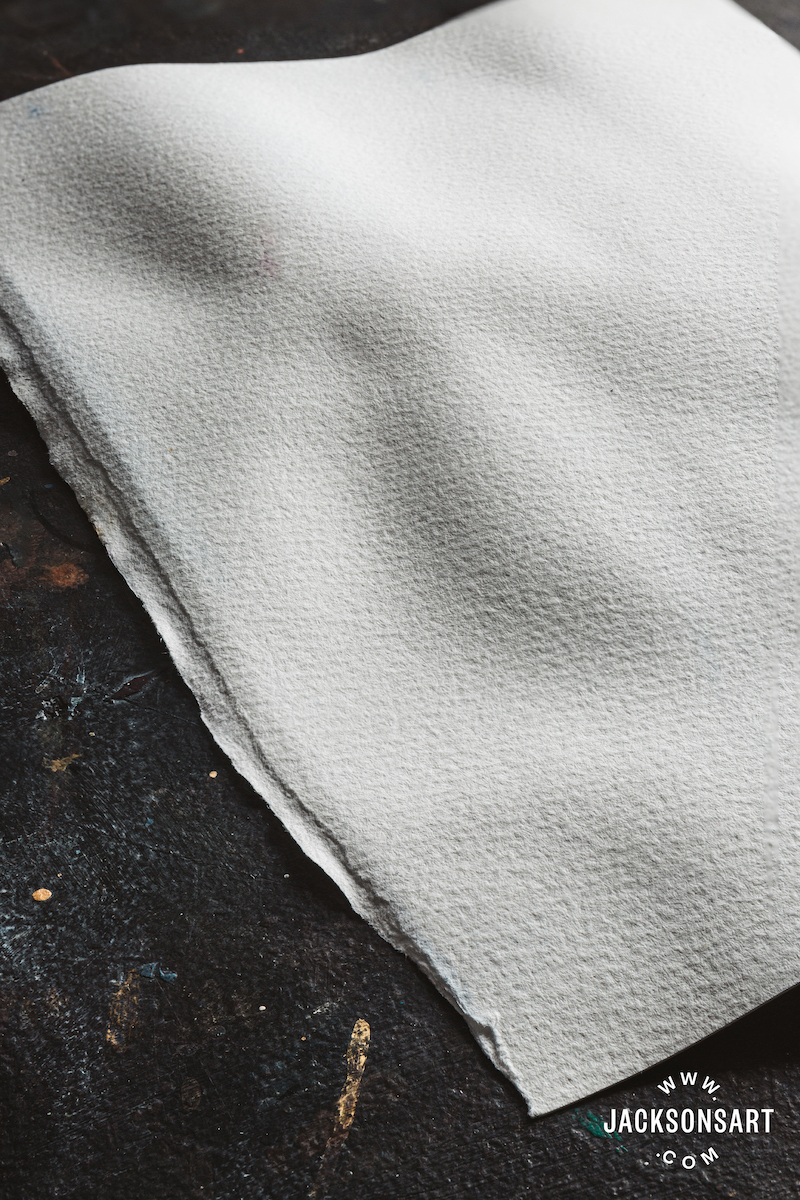
Cold Pressed Paper
Paper made by pressing the sheet through cold metal rollers. It has the traditional, irregular, softly dimpled surface that is associated with watercolour and is the most popular watercolour paper surface to work on because it is well adapted to many painting approaches. It tends to be more absorbent than hot pressed paper which is more compressed. In the UK this paper is called Not, as in ‘not hot pressed’.
Colour Strength
Colour strength – also known as ‘saturation’ – essentially refers to the ratio of pigment to binder (two ingredients found in watercolour paints). It is a description of how vibrant/brilliant/clean the colour appears.
Dry Brush Technique
When watercolour paint that is undiluted and therefore relatively dry or ‘gummy’, is applied with a dry brush to paper. The effect is chalky in appearance, and saturated in colour, and often makes for a dramatic contrast against more delicate, watery, watercolour washes. A very effective and dramatic method for creating textured surfaces within watercolour painting.
Flat Wash
The use of a single diluted colour to cover the white of the paper in a relatively unsaturated and uniform manner. See ‘washes’ for more details.
Flow
The word flow refers to how mobile the paint is, and how easily it transfers from the brush to the paper or surface. Mediums can be added to alter flow.
Fugitive Colour
Refers to non-lightfast paints (see permanence), such as Opera Rose or Rose Madder. They fade, or change colour, when exposed to sunlight. Generally it is advised to stick to colours that have been rated of excellent or very good lightfastness (they may also have the classification of being ‘I’ or ‘II’) if you are intending on exhibiting or displaying work on a wall, as opposed to keeping it in a book or portfolio. Remember, even very lightfast paints are rated as “lightfast when kept out of direct sunlight.”
Glaze
A glaze is when a dilute colour is applied across the surface of a watercolour painting that has been left to dry completely – the result of doing this is to tint the whole area with the colour of your wash. See ‘washes’ for more details.
Gum Arabic
A water-soluble gum that is extracted from two species of the acacia tree, which is used as a binder in the manufacture of watercolour paint. It can also be added to the paint by the artist to increase transparency and how glossy in appearance the paint is.
Granulation
Granulation in watercolours is an effect where instead of a smooth area of colour, the pigment particles settle out and create a speckled appearance. When watercolour pigments ‘granulate’, they form small dots and/or groups of flakes that are visually noticeable. Some colours have a natural tendency to granulate more than others, and watercolourists sometimes take advantage of them to add texture. There are mediums that can be added to increase granulation.
Ground
Watercolour grounds are acrylic-based primers designed to provide a suitable amount of absorbency to a surface, so that it is ready for watercolour to be applied. For example, they can be used to adapt any universally primed canvas for watercolour painting.
Gummed Tape / Gumstrip
Gummed Tape is a type of tape used for stretching watercolour paper. One side of the tape is coated with a glue which is water activated, meaning it becomes sticky when moistened, allowing it to strongly hold watercolour paper to a board. Unlike masking tape it is waterproof after it dries again and it doesn’t stretch.
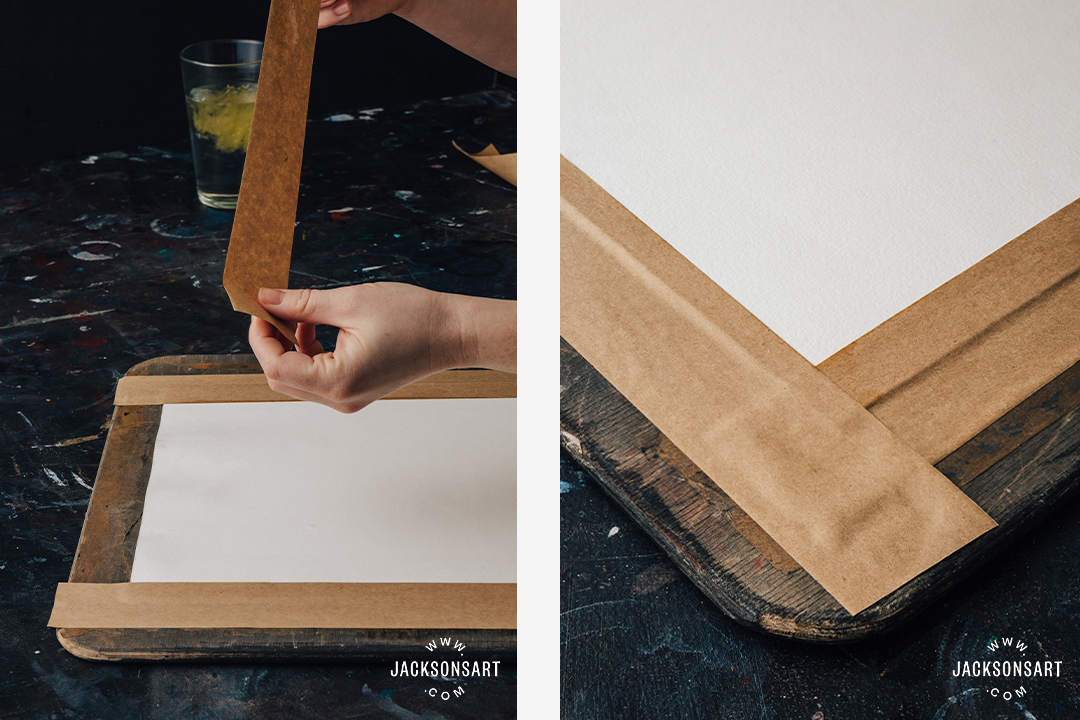
Hot Pressed Paper
Hot Pressed Paper is paper that has been pressed between hot metal rollers during production. It is the smoothest of watercolour papers. It tends to be the least absorbent of all of the textures and lends itself to highly-detailed work such as botanical painting.
Lifting
As watercolour remains soluble in water even after it’s dry, it can be reactivated with a wet brush and ‘lifted’ from the surface with a rag. This process removes some of the pigment from the paper, making the paint appear on the page.
Masking Fluid
Masking fluid is sometimes known as ‘liquid frisket’ and is used to mask off areas of your work. It is painted on with a brush, silicone tool or ruling pen and once dry you can then paint watercolour over the top. The masking fluid is then peeled off, leaving untouched plain areas of paper underneath. Useful for reserving the white of the paper for highlights and other small white areas of the painting.
Mass Tone
The appearance of the colour of the paint as it comes from the tube, as opposed to undertone.
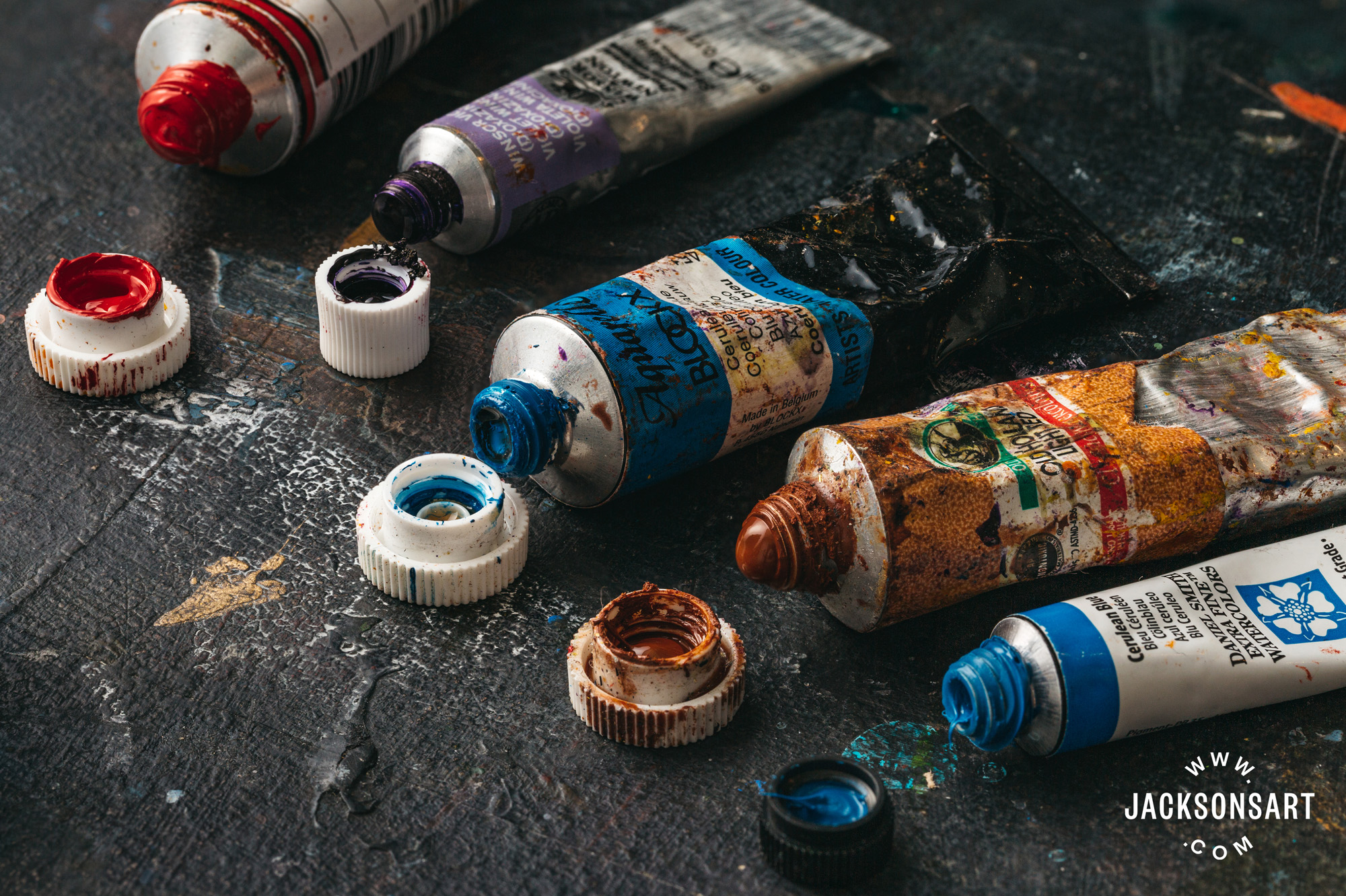
Medium
An additive that is mixed with by the artist in order to help control how the paint behaves – including its texture, how it flows, how it lifts from the paper, how fast it dries and its sheen.
Natural Hair Brushes
Natural hair brushes are made using animal hair, such as sable or squirrel. An alternative would be synthetic brushes.
Ox Gall
Ox gall is used in watercolour as a wetting agent – ie. It improves flow, reduces beading up and allows for greater adhesion onto already dried layers of watercolour paint. It is made from the gall of cows mixed with alcohol. Many watercolours contain ox gall or a synthetic substitute, as an ingredient. Use ox gall sparingly as an additive by putting a few drops in your clean water container.
Pans
Pans are plastic vessels in which dried watercolour is stored. The colour is taken from a pan by dragging a wet brush over it. The paint may be poured into the pan and left to dry or extruded like clay and placed in the pan as a dried cake. There are two standard sizes: half pan and whole/full pan, though there is a small variation in size between brands.
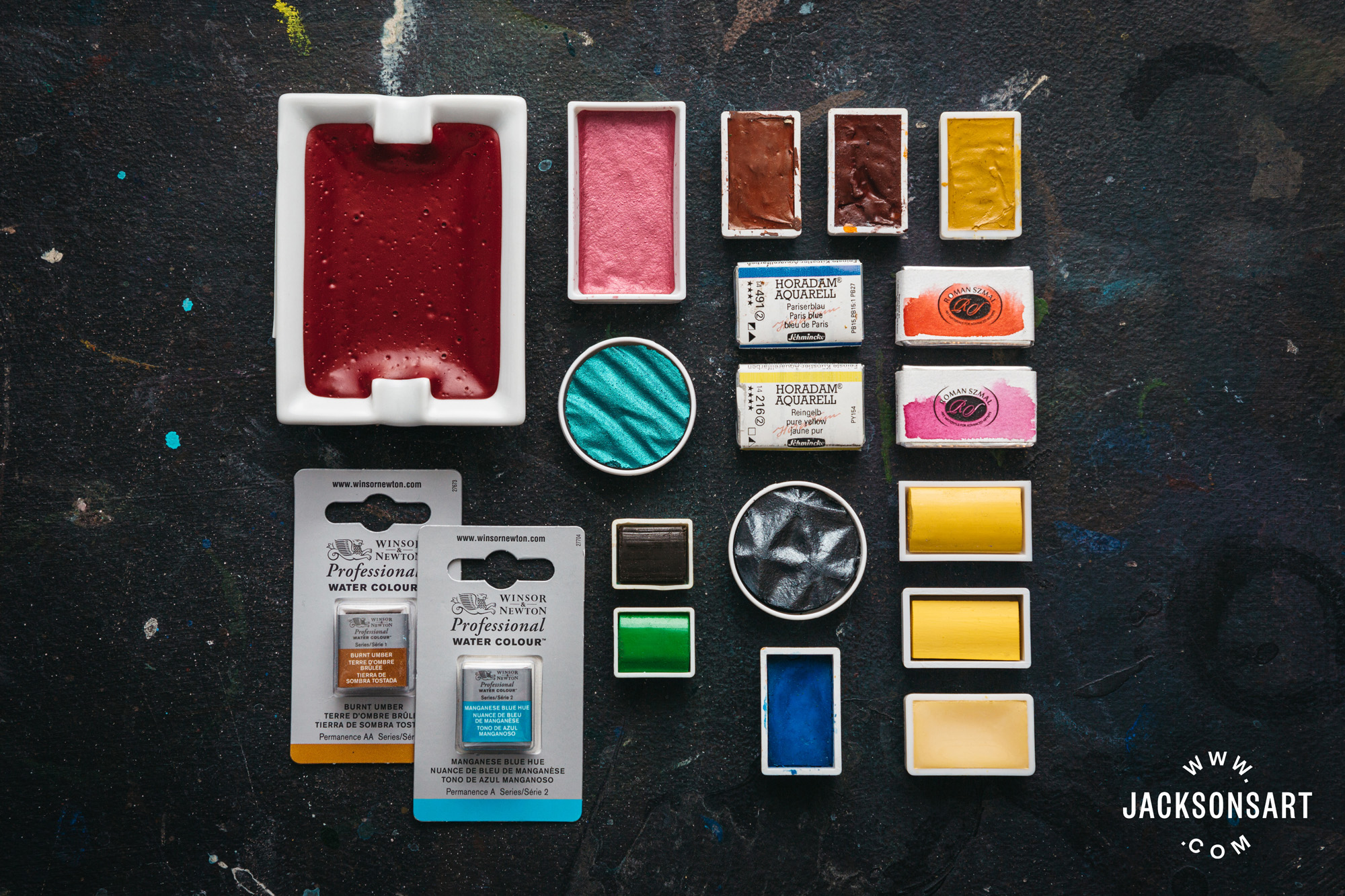
Permanence
Permanence takes into consideration the effects of many factors on the stability and appearance of pigments, including humidity, light, heat, water, acidity, alkali levels etc. The permanence of a paint will be indicated on the label using a rating system determined by the manufacturer and explained in the manufacturer’s colour chart or on their website. Be aware that some artists and manufacturers use it as an equivalent to ‘lightfast’.
Pigment
A pigment is finely ground colour made either in a laboratory or from naturally coloured rocks. When combined with gum arabic as the binder it makes watercolour paint.
Primer
Watercolour primers and grounds can be applied to a variety of materials including canvas, wood, stone, ceramic and plastic to create a surface that is absorbent enough to hold applications of watercolour and optimise the appearance of colours and marks.
Rough Paper
The most textured paper available – it is pressed between sheets of textured felt during the drying process and is not pressed between smooth rollers. The heavier textured surface means that granulating effects are enhanced.
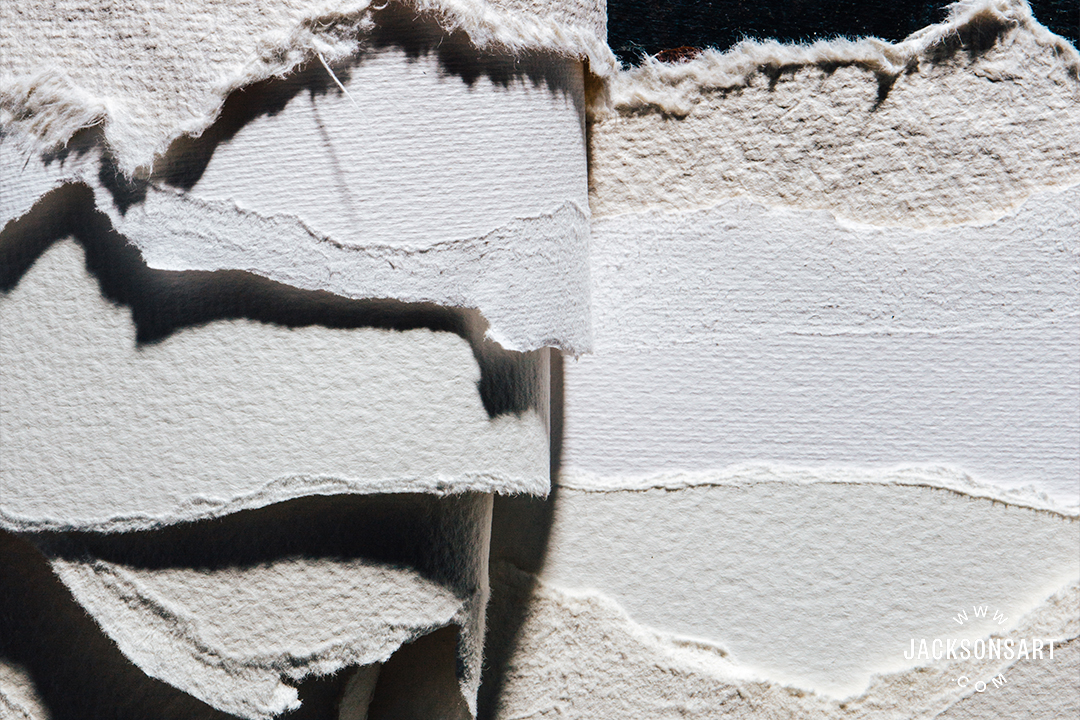
Single Pigment Colours
Certain colours of paints that only contain one pigment. It is easier to mix bright and vibrant colours using single pigment colours and colour mixing is more predictable. Artist grade paint ranges have as many single pigment colours as they can. But when a “hue” is needed to replace a pigment that is no longer available, or a mixture of pigments has been found that can give a lightfast alternative to a fugitive colour, or a safe alternative to a toxic colour – then these look-alikes are usually made of more than one pigment. Common artist mixes are also sold as “convenience colours”, such as some greens, violets and oranges. However, some colours can only be made with a combination of pigments – popular colours such as Quinacridone Gold have to be mixed as the original pigment is no longer available.
Staining
Staining refers to how much of the pigment will not lift from the paper after being blotted with a damp sponge. Some pigments are more staining than others and some brands will list this characteristic for their paints.
Sticks
Watercolour sticks are dried and highly-pigmented watercolour in a thin brick or crayon form. They can be used in the same way as pans or they can be used as a drawing tool, held and applied in the same way you would use a crayon or pastel.
Stretch / Stretching
To stretch watercolour paper is a method of preparing it prior to painting. It involves soaking the paper in water until it swells and expands prior to fixing it to a board (usually with gumstrip around the edges) then allowing it to dry before painting. This technique is used to avoid buckling. There are also watercolour stretching frames.
Synthetic Brushes
Synthetic brushes are an affordable and hard-wearing alternative to Natural Hair Brushes. They are made using synthetic materials, as opposed to animal hair.
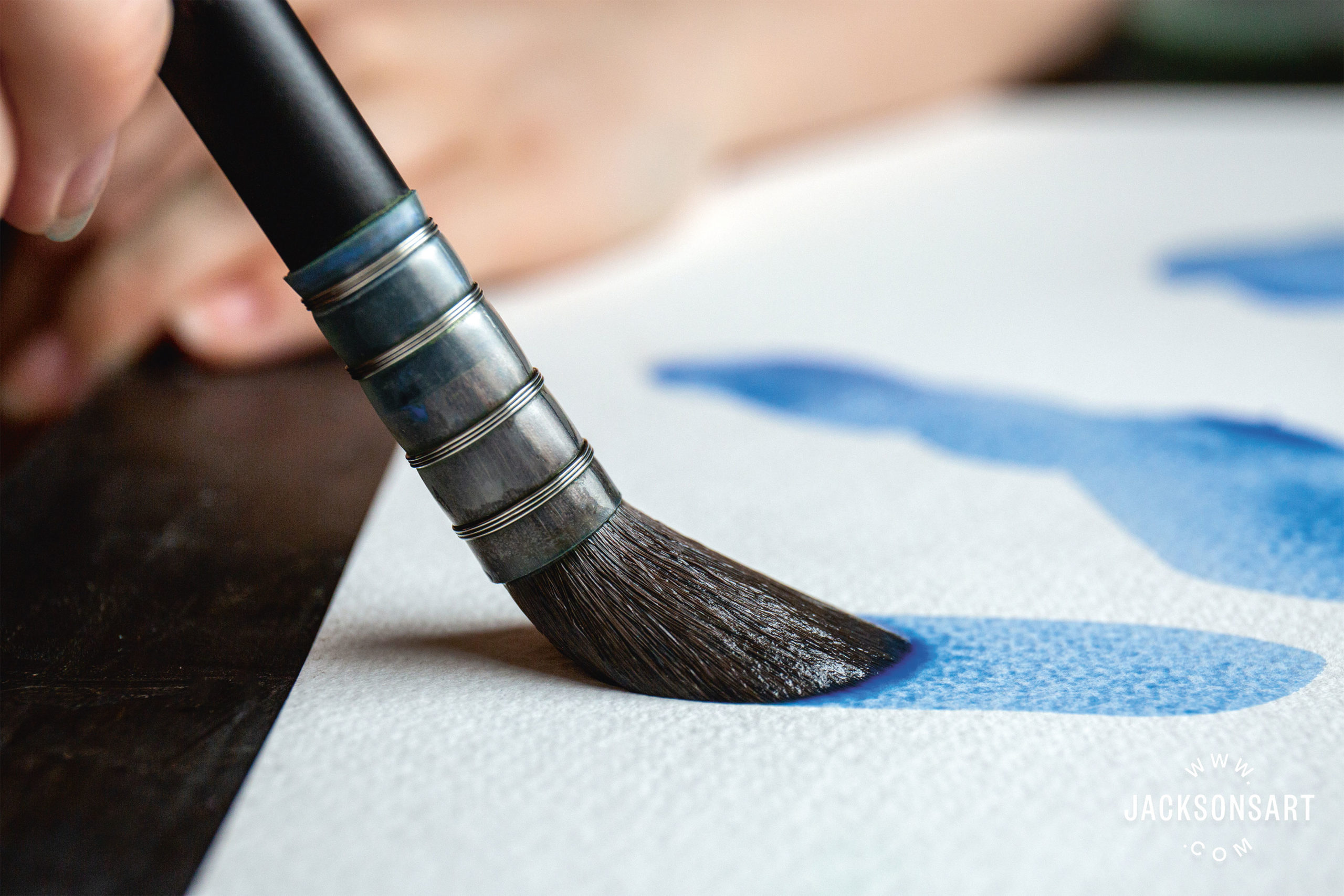
Jackson’s Raven Mop brush, a synthetic alternative to squirrel brushes.
Transparency / Opacity
The measure of how much light is able to pass through an applied paint and interact with the surface beneath. Transparent paints appear more luminous on a white support because they allow a larger proportion of light to hit the surface they’re laying on. Opaque paints block this reflection from occurring, and can be used to cover layers of colour underneath. Watercolour paints are mostly transparent colours.
Tubes
Tubes contain moist watercolour that can be squeezed onto a palette to paint with or into empty pans.
Undertone
Undertone is the bias characteristic of a colour when applied across a surface in a thin film, e.g. Ultramarine blue would be said to have a reddish-blue undertone.
Washes
A ‘wash’ refers to the technique of generously applying diluted watercolour paint onto a surface or an existing painting resulting in a semi-transparent layer of colour. Washes are usually applied with a broad brush with natural hair that can hold a lot of fluid. See Flat Wash and Glazed Wash for examples.
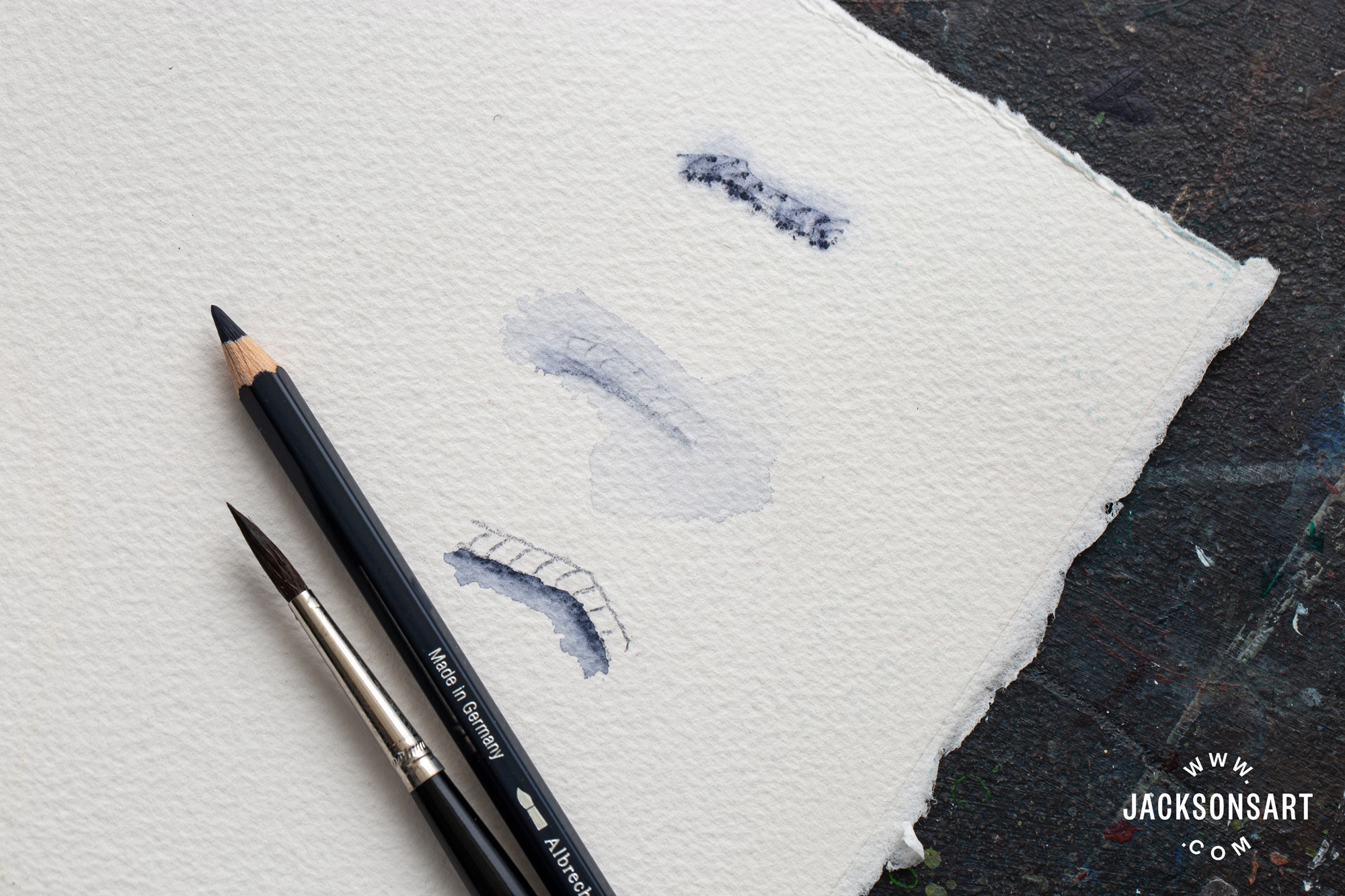
Watercolour Pencils
Watercolour pencils are watercolour paint in a pencil format. They are convenient, versatile and portable painting tools that are clean and easy to use. They can be used dry as regular coloured pencils, or like pans (extracting colour using a wet brush), or they can be dipped into water and drawn with, creating intensely saturated marks. You can also draw with them onto wet paper and they are especially useful for adding fine lines.
Further Reading:
Making Beeswax Impasto Medium For Oil Painting
Size, Primer, Gesso And Ground Explained
Everything You Need To Know About Oil Painting Paper
A Guide To Oil Painting Mediums
Art Terms Explained: Oil Painting
[ad_2]
Source link



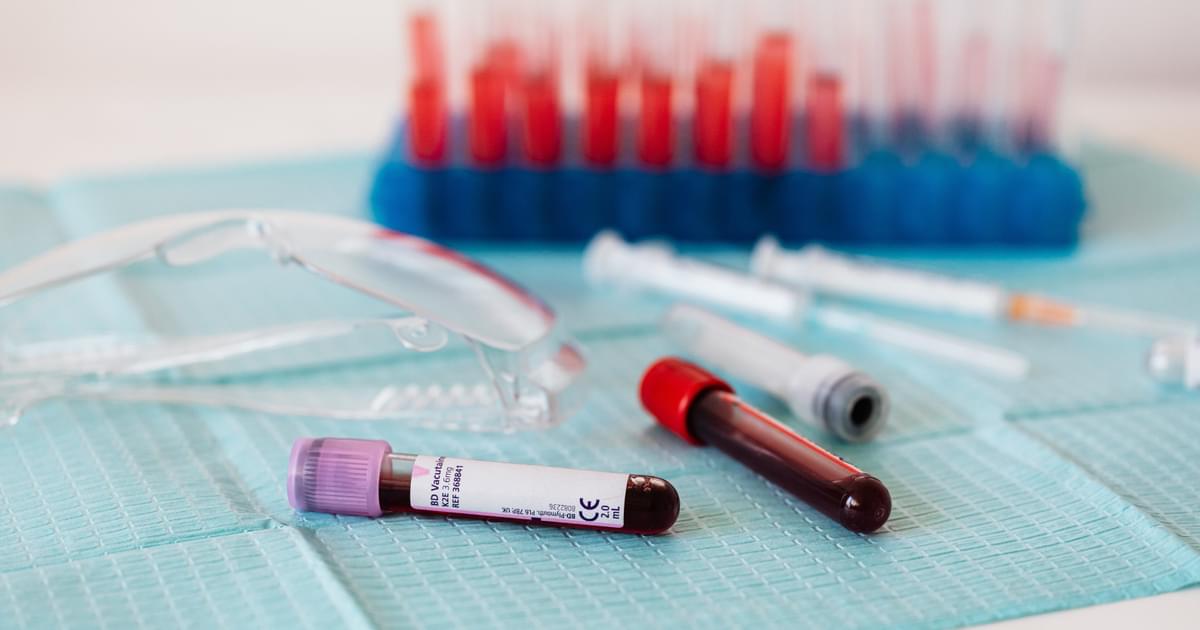
More Stories
Things to Consider Before Running a Half Marathon
Penn State Trademark Case Produces Potential Problems For Sports Teams And Merchandisers
How to Make Your Social Media Posts Snap!